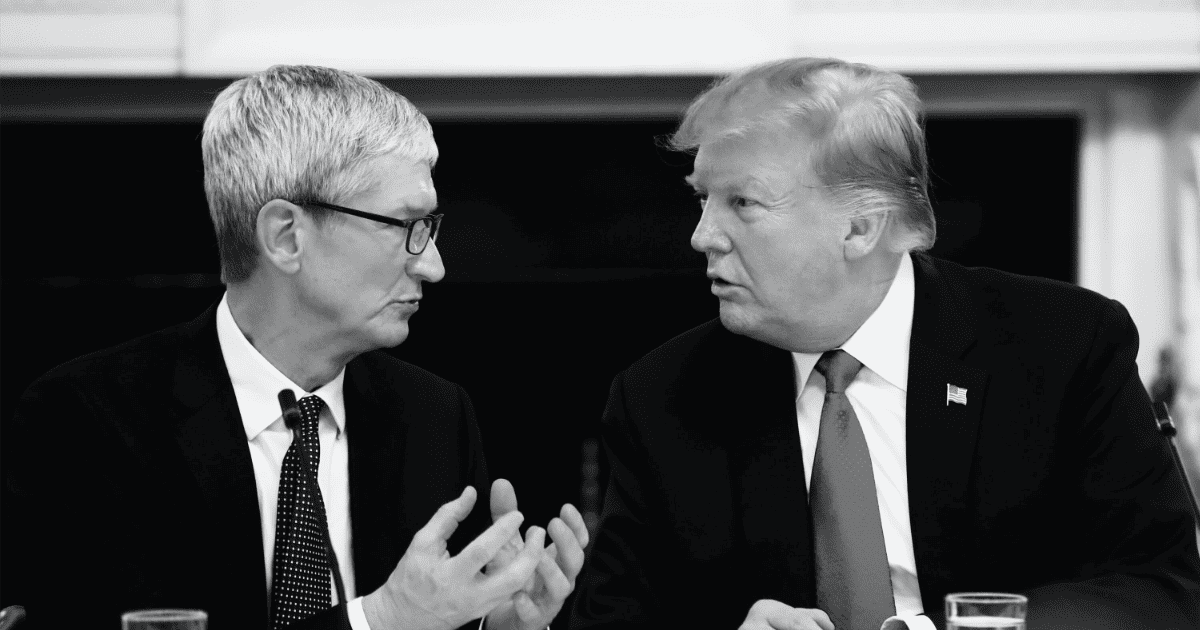Apple faces a big challenge as the Trump administration’s new tariff policies impose steep costs on hardware exports to the United States. With 85-90% of Apple’s hardware assembly based in China, the 54% tariff on Chinese exports is set to raise costs sharply. India and Vietnam, which handle smaller portions of Apple’s production, are also subject to tariffs of 26% and 46%, respectively. If Apple chooses not to raise prices, its gross margin could drop by an estimated 8.5-9%.
By 2025, Apple is expected to add more iPhone production in India, increasing its share of global supply from 10-12% in 2024 to at least 15%. If India and Vietnam secure tariff exemptions through new agreements with the US, Apple could reduce the impact on its gross margin to around 5.5-6%. A further increase in India’s production capacity—exceeding 30% of global supply—could bring this margin drop down to just 1-3%.
India and Vietnam are seen as more probable candidates than China for securing US tariff exemptions due to ongoing geopolitical tensions. This could accelerate Apple’s efforts to reduce its reliance on Chinese manufacturing. The company is already planning to expand its production footprint in India, which could help it mitigate future tariff-related costs.
Apple has several strategies to offset the impact of these tariffs. In the US market, high-end iPhones account for 65-70% of new model sales, and consumers in this segment are more likely to accept price increases. Apple could also adjust carrier subsidies or trade-in program discounts to balance costs without directly raising prices for customers.
Another approach involves putting more pressure on suppliers to cut costs, which would help absorb some of the tariff burden. Additionally, expanding production outside China will gradually reduce Apple’s exposure to high tariffs.
Even if tariffs temporarily push Apple’s gross margin below 40%, analysts believe this dip will be short-lived. The company’s pricing strategies, supply chain adjustments, and expanded production in countries like India are expected to stabilize margins above 40% in the long term.
Beyond tariffs, Apple may face broader economic challenges stemming from weaker consumer confidence and reduced purchasing power. These factors could lead to longer device replacement cycles, potentially affecting overall sales. However, with its strong brand and diversified strategies, Apple is well-positioned to navigate these challenges effectively.
